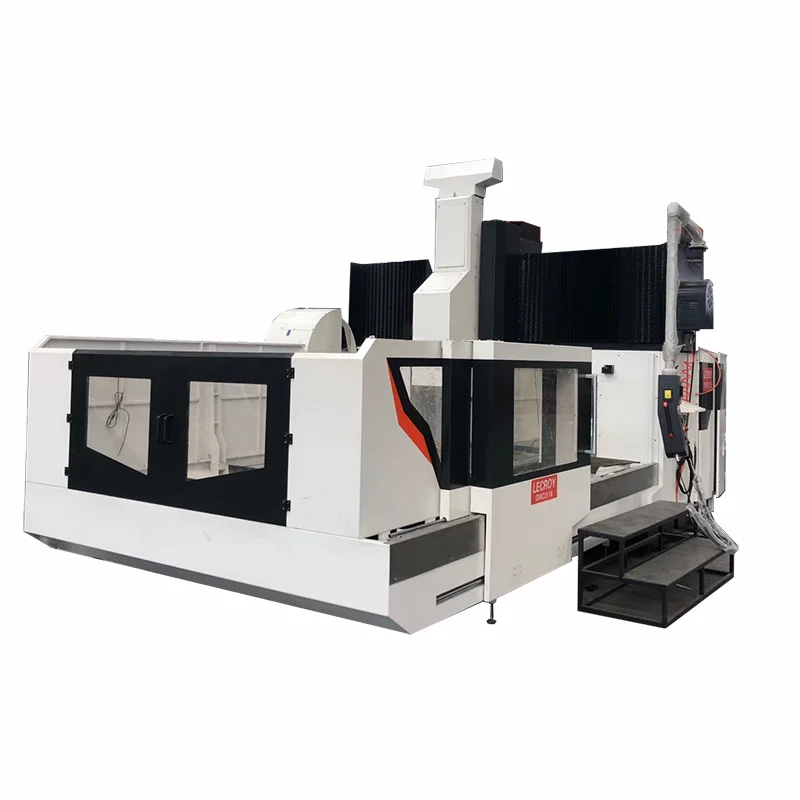When it comes to electronics assembly and repair, the choice of solder is a critical factor that can significantly affect the performance, reliability, and longevity of electronic devices. With a myriad of options available, understanding the nuances of different solder types is essential for both hobbyists and professionals. This article delves into the various types of solder, their compositions, and the best practices for selecting the right solder for your electronic projects.
Understanding Solder Types
Solder is a fusible metal alloy used to join together metal workpieces. The most common types of solder used in electronics are lead-based and lead-free solders. Each type has its own set of characteristics, advantages, and disadvantages.
- Lead-Based Solder
Traditionally, lead-based solder, particularly the popular SnPb (tin-lead) alloy, has been the go-to choice for electronics. The typical composition is 60% tin and 40% lead (60/40), although variations like 63/37 (which has a lower melting point) are also prevalent.
Advantages:
- Lower Melting Point: Lead-based solder melts at around 183°C (361°F), making it easier to work with, especially for delicate components.
- Excellent Wetting Properties: It provides a strong bond and excellent electrical conductivity, which is crucial for high-performance electronics.
- Reliability: Lead-based solder joints are less prone to fatigue and cracking over time.
Disadvantages:
- Health Risks: The primary concern with lead-based solder is the toxicity of lead, which poses health risks during handling and disposal.
- Regulatory Restrictions: Many countries have implemented regulations (such as RoHS in the EU) that restrict the use of lead in electronics.
- Lead-Free Solder
In response to health and environmental concerns, lead-free solder has gained popularity. Common lead-free alloys include SAC (tin-silver-copper) with varying compositions, such as SAC305 (96.5% tin, 3% silver, 0.5% copper).
Advantages:
- Environmental Safety: Lead-free solder is safer for both the environment and human health.
- Regulatory Compliance: Using lead-free solder ensures compliance with regulations like RoHS.
Disadvantages:
- Higher Melting Point: Lead-free solders typically melt at higher temperatures (around 217°C or 423°F), which can be challenging for sensitive components.
- Wetting Issues: Some lead-free solders may have poorer wetting properties, requiring more careful handling and technique.
Factors to Consider When Choosing Solder
When selecting solder for your electronics projects, several factors should be taken into account:
- Application Type
The intended application plays a crucial role in solder selection. For high-reliability applications, such as aerospace or medical devices, lead-free solder is often preferred due to its compliance with safety standards. Conversely, for hobbyist projects or repairs, lead-based solder may still be favored for its ease of use.
- Component Sensitivity
Consider the thermal sensitivity of the components involved. If you’re working with heat-sensitive devices, a solder with a lower melting point, such as lead-based solder, may be more appropriate to prevent damage during the soldering process.
- Soldering Technique
Your soldering technique and equipment also influence the choice of solder. For instance, if you’re using a high-temperature soldering iron, lead-free solder may be more suitable. Additionally, consider whether you’ll be using a soldering station with temperature control, as this can affect the performance of lead-free solders.
- Environmental Considerations
If you are concerned about environmental impact, lead-free solder is the clear choice. Many manufacturers are now producing high-quality lead-free solders that perform well in various applications.
Conclusion
Choosing the right solder for electronics is not merely a matter of preference; it’s a decision that can impact the functionality and safety of your projects. While lead-based solder offers ease of use and reliability, lead-free solder is increasingly becoming the standard due to health and environmental considerations. By understanding the properties of different solder types and considering the specific requirements of your application, you can make an informed choice that ensures optimal performance and compliance with industry standards.

